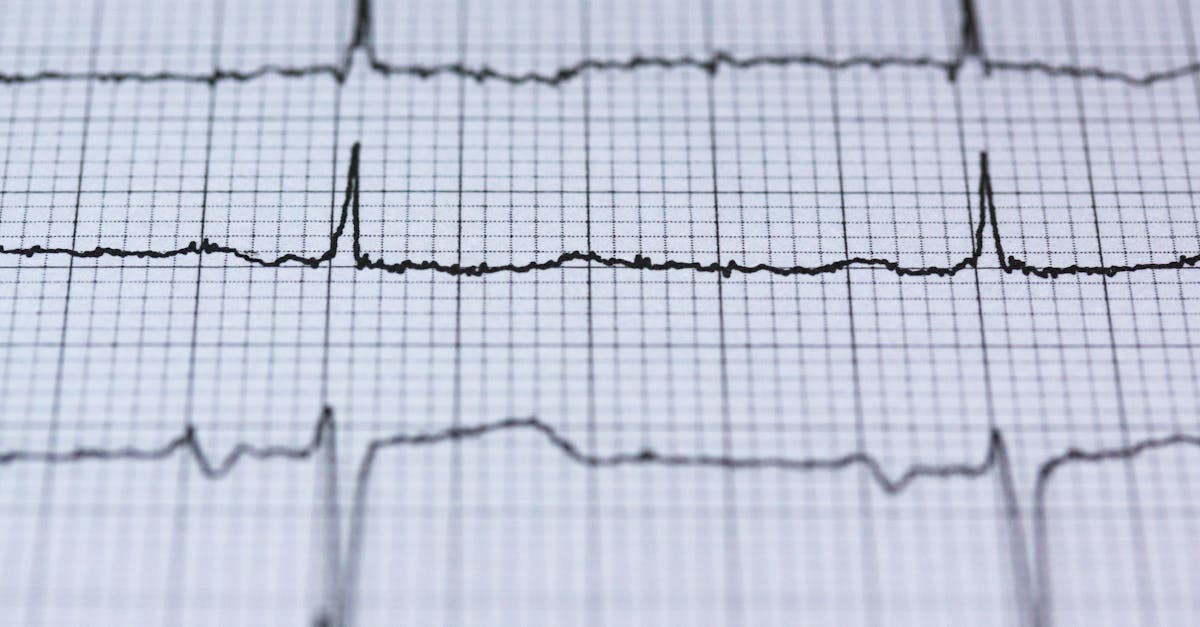Are you feeling lost in the maze of flow charts in data science? We’ve got your back! Understanding these complex diagrams is critical in understanding the secrets of data analysis.
Let’s plunge into this voyage hand-in-hand and spell out on the complexities of flow charts.
Ever found yourself staring at a flow chart, feeling like it’s speaking a different language? We know the struggle. Our mission is to decode the secrets hidden within these visual representations, making data science much more available to everyone. Say goodbye to confusion and hello to clarity!
Key Takeaways
- Flow charts are important visual representations in data science that provide clarity and structure to the data analysis process.
- They help in improving efficiency by identifying bottlenecks and areas where processes can be streamlined.
- Flow charts aid in effective communication, enabling teams to collaborate and understand processes efficiently.
- They play a significant role in problem-solving by breaking down complex tasks into manageable steps.
- Understanding the key elements of a flow chart, such as start/end symbols, process symbols, decision symbols, connector symbols, and input/output symbols, is critical for decoding the information presented.
- Different types of flow charts, including Process Flow Charts, Data Flow Diagrams (DFDs), Workflow Diagrams, and System Flow Charts, are commonly used in data science to represent processes and information visually.
Importance of Flow Charts in Data Science
Understanding the importance of flow charts in data science is critical for anyone starting the voyage of understanding the secrets of data analysis. Flow charts serve as visual representations of processes and workflows in a clear and organized manner. They help us visualize the steps involved in data analysis, making complex information more digestible.
Here are a few key points highlighting the importance of flow charts in data science:
- Clarity and Structure: Flow charts provide a structured view of the entire data analysis process, helping us see the big picture and understand how different components interact with each other.
- Efficiency: By laying out the steps in a logical sequence, flow charts help us identify bottlenecks or areas where the process can be streamlined for improved efficiency.
- Communication: Flow charts are useful tools for communicating ideas and processes, enabling teams to collaborate effectively and ensure everyone is on the same page.
- Problem-Solving: When facing complex data analysis tasks, flow charts can guide us through problem-solving by breaking down the process into manageable steps.
Flow charts play a required role in data science by providing a visual roadmap for exploring the complexities of data analysis.
Mastering the art of interpreting flow charts can lead to improved analytical skills and improved decision-making in the field of data science.
Click here To investigate more resources on data science terminology and concepts.
Elements of a Flow Chart
When breaking down a flow chart in data science, it’s super important to understand the key elements that compose it.
These elements help in grasping the flow of processes and information in a visual manner.
Here are the key components typically found in a flow chart:
- Start/End symbol: The oval shape represents where the process begins or ends.
- Process symbol: Rectangles signify a task or activity within the process.
- Decision symbol: Diamonds indicate a decision point where a question is asked, leading to different paths based on the answer.
- Connector symbol: Arrows show the flow direction from one step to the next.
- Input/Output symbol: Parallelograms mark input or output of data from the process.
Understanding these elements allows us to decode the information presented in a flow chart effectively.
By recognizing these symbols and their meanings, we can find the way in through the complexities of data analysis processes with clarity and precision.
For further ideas into flow chart elements, you can check out this resource on flow chart symbols.
Types of Flow Charts Used in Data Science
When it comes to data science, there are various types of flow charts that are commonly used to visually represent processes and information.
Understanding these different types can help us find the way in complex data analysis tasks more effectively.
Here are some of the key types of flow charts that are frequently used in data science:
- Process Flow Charts: These flow charts show the sequence of steps or activities involved in a process. They are great for illustrating workflow and can help us identify bottlenecks or inefficiencies in a process.
- Data Flow Diagrams (DFDs): DFDs focus on the flow of data within a system. They are useful for mapping out how data moves through different processes and can help us understand data dependencies.
- Workflow Diagrams: Workflow diagrams depict how tasks are organized and executed within a process. They are useful in showcasing task sequences and dependencies.
- System Flow Charts: System flow charts illustrate the flow of control within a system. They help us understand the exchanges between different components in a system and are useful for system design and analysis.
By being familiar with these types of flow charts, we can improve our ability to evaluate and interpret complex data structures in data science projects.
For further ideas on flow charts in data science, check out this detailed resource on flow chart symbols.
How to Create Effective Flow Charts
Creating effective flow charts is critical in data science projects.
Follow these steps to ensure your flow charts are clear and informative:
- Identify the Purpose: Understand the goal of your flow chart to determine what information needs to be included.
- Gather Information: Collect all relevant data and details that you want to represent in the flow chart.
- Choose the Right Type: Select the appropriate type of flow chart based on the information you want to visualize. Consider using Process Flow Charts for illustrating workflow or Data Flow Diagrams for mapping data flow.
- Use Consistent Symbols: Maintain consistency in using symbols and shapes throughout the flow chart to avoid confusion.
- Keep It Simple: Simplicity is key. Ensure that your flow chart is easy to understand for anyone viewing it.
- Review and Refine: Double-check your flow chart for accuracy and clarity. Make any necessary adjustments to improve its effectiveness.
By following these steps, we can create flow charts that effectively communicate complex processes and information in data science projects.
For more detailed ideas into flow chart symbols, check out this full resource On flow chart symbols and their meanings.
Tips for Reading and Looking at Flow Charts
When it comes to understanding flow charts in data science, it’s critical to have the right approach.
Here are some helpful tips to improve your skills in interpreting flow charts effectively:
- Start at the Beginning: Begin by identifying the starting point of the flow chart, which is usually indicated by a terminal or oval shape.
- Follow the Flow: Trace the flow of the chart by moving through each step in sequential order, following the arrows or connectors.
- Pay Attention to Symbols: Understand the meaning of the symbols used in the flow chart. Refer to a full guide on flow chart symbols for better clarity.
- Evaluate Decision Points: Look out for decision points in the flow chart represented by diamonds. Decide the path to take based on the conditions specified.
- Identify Loops and Branches: Recognize loops and branches in the flow chart to understand where the process can revisit a step or proceed to different paths.
- Consider Annotations: Take note of any additional information or annotations provided within the flow chart to gain more ideas into the process.
When reading and looking at flow charts, taking a systematic approach and being attentive to detail can significantly improve your understanding of complex data science processes.
For further ideas on flow chart symbols and their meanings, you can refer to this detailed resource on Visual Model.
- Mastering the Empirical Rule for Dummies [Boost Your Statistical Analysis Skills] - December 3, 2025
- Does Blue Yeti Use Logitech Software? (Check This Out!)] - December 3, 2025
- Can Companies Capitalize Software Development Costs? [Boost Your Business Now!] - December 2, 2025




